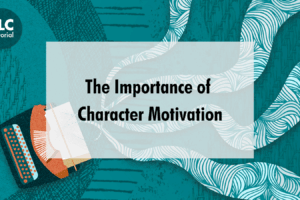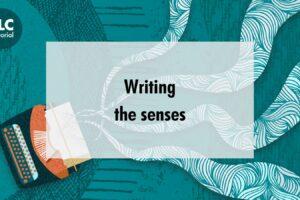As a writer, I began as a ‘pantser’. If the term isn’t familiar, its simply (and somewhat hilariously) refers to someone who writes by the seat of her pants. That’s how I do life, that’s how I started writing flash fiction and short stories, and I imagined that’s how I would write a novel. The only hitch: after a draft I realised I was writing a crime novel, and I’m no Stephen King.
A bunch of feedback later, (including sterling ones from Rose Gaete and Sanjida Kay from The Literary Consultancy), I realized I needed a plan. A list? Excel spreadsheets?
My soul flinched at each of these options, but I knew I had to do something.
I had somehow trapped myself into writing a novel from five points of view (it veered wildly from two to six to four to two again in between, but let’s not talk about that). My novel, You Beneath Your Skin has many layers. Scenes in the hospital that needed to seamlessly match time-line-wise with scenes on the street, which in turn needed to keep pace with scenes at police stations. A story of two parents and their sons, an investigation into serial killings, another into an acid attack, two love stories–all of them needed to knit together into a whole: this —> so —> this —> so —> this.

Five points of view also meant matching character arcs to plot arcs was a tricky business. Characters seemed to be determined to do their own thing, not giving a toss about the roles I had decided for them.
To plan this mayhem that often led to ugly sobbing on my hapless husband’s shoulders, I needed something that would be easy, flexible, colourful.
Then one day I remembered the first book on writing I’d ever read which started me on this (agonizing and ecstatic) journey: From Where You Dream by Robert Olen Butler.
Among the many discussions of white-hot centres and dreamstorming, words that soothed my freedom-loving soul, I recalled the mention of ‘index cards’.
I could try that, I thought. There will be various colours of cards, I could definitely shift them around, and use as many colours of pens I wanted. That meant a trip to the stationery shop. I’m always looking for a valid excuse to visit a stationery shop, so that was a plus.
After buying far more index cards than I needed (I still have some left over after fours years), and a variety of pens, I started on the cards over a whiteboard and magnets.
Here’s what I found:
- It was incredibly focusing to have to condense each scene on a smaller-than-postcard space. It’s also very useful to stick in setting or choreography notes.
- It was possible to see all the voices from a distance and easily determine if I had too much of one voice or too little of another.
- I could figure out the beats and the acts – and again, seeing them from a distance meant I could tell where I was going too fast or too slow.
- Writing another draft could begin with index cards. I could chop or add scenes with just a card, and see exactly where it fit in.
- If I wrote myself into a plot hole, I could use the cards to lay out different options – yes, again, index cards to the rescue.
- It became possible to carry my entire novel outside my head, without lugging the manuscript – the index cards remained with me on my travels. On occasion, my super-supportive-spouse (yes, alliteration, so sue me) would leave the room so my index-cards could occupy the entire bed, and once done, I would stand up, and attempt a screenshot of what I’d created, so I could write on the train to my next destination.
- It is possible to transfer the contents of the index cards to Scrivener. I found them un-inspiring, but useful. Don’t let that dissuade you: I’m a touchy-feely person when it comes to books, reading or writing.

All of this to say that I was a writer struggling with something far above my pay-grade, but also that index cards can come in very handy if you’re struggling with an unwieldy beast of a novel. I used them for the revision of You Beneath Your Skin, but they’ve worked equally well for writing a first draft.
Writing on index cards and considering/trashing scenes by using them felt like re-writing over several drafts, only with much less effort. You can imagine various scenarios for each scene and toss out the ones that don’t catch your fancy or do not seem organic. Index cards are now a part of my novel-writing process.
Have you ever written a novel using index cards? If not, why not try them out?








